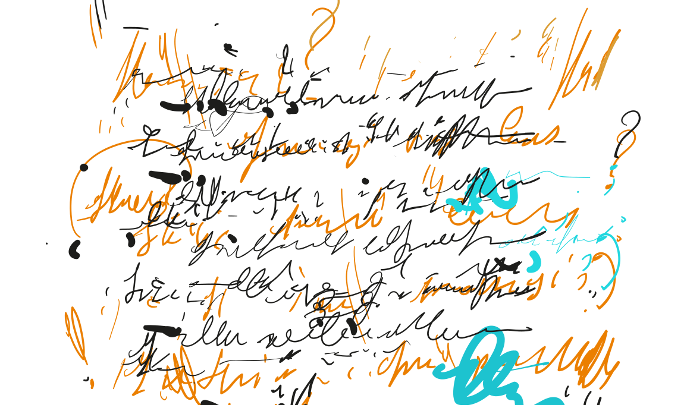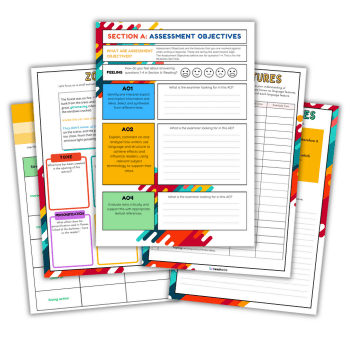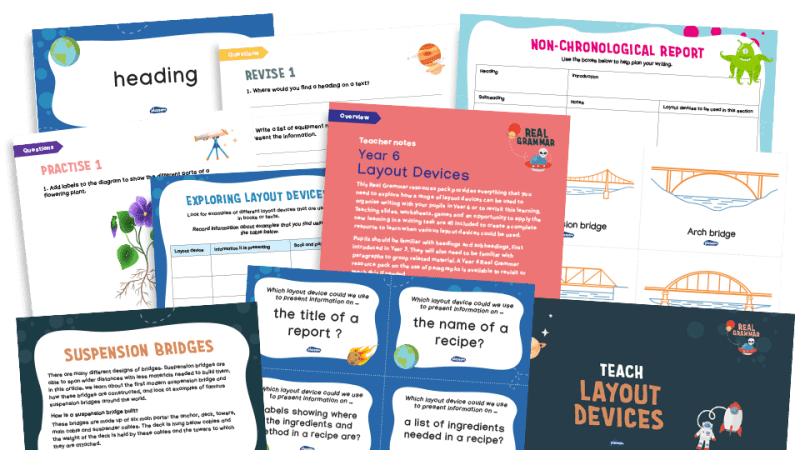KS4 English Lesson Plan – Dispel Students’ Fear of Poetry with these Collaborative Activities

Through collaborative activities and a series of links, students will be able to explore the multiple meanings of a poem and consider the poet’s intentions…

Poetry can be a daunting prospect for students, with the phrase “I don’t get poems!” ricocheting around the classroom as soon as you excitedly (and rather hopefully) display your favourite Rossetti on the whiteboard.
As the content of GCSE English Literature swells and time becomes even more premium in English classrooms, it is vital the fear of the poem is quickly dispelled through strategies that make poetry significant, accessible and engaging.
Through the use of art, spoken word poetry clips, pop song lyrics and links to current affairs, poetry can be transformed from the ridiculous into the relevant, with students able to make connections between their world and that of the poet.
And while that Rossetti poem of yours may not be forever emblazoned on the hearts of your students in quite the manner you would wish, they will develop skills of analysis that in turn create a confidence in their handling of poetry, perhaps leading to them identifying their own lifelong favourite poem.
Starter activity
Play a song or display song lyrics which have a relevance to the poem you are about to explore.
Students can discuss the explicit or implicit meaning of the lyrics and whether they are relevant to their own lives.
Then read or display some lines from a poem which is to be explored that lesson and ask students to draw comparisons with the song lyrics. Are there any similar contentions explored? Is language used in a similar way? Can they link it to their own lives?
I have had success with Katie Perry’s ‘Roar’ compared with Langston Hughes’ ‘Crystal Stair’ and ‘Nothing Ever Happens’ by Rachel Platten linked with ‘Exposure’ by Wilfred Owen.
Main Activities
1. Make links to current affairs Ask students to read a contemporary news article which links to the ideas or messages explored within the poem.
If studying ‘Hawk Roosting’ by Ted Hughes, students could read articles focused on political leaders, or if they are analysing ‘The Emigree’ by Carole Rumens, they could consider articles about the Syrian refugee crisis.
They could label the newspaper article with quotes from the poem which relate or alternatively construct a Venn that compares the two situations being considered, using quotes to support the ideas in their diagram.
As a homework activity, students could create a newspaper article focused on the content of the poem, the peer assessment of incorporated instances or words from the poem enabling students to assess their understanding.
2. Form explorer groups Alternatively, put students into groups and allow them to make the links between the poem and their world.
You could allocate roles to students, making each responsible for either current affairs links, comparisons to pop music, cross references with film plots or direct associations with their own life.
This could lead to comparative writing, students consolidating what they have identified in terms of the poem’s meaning through a written response that draws on the links made by the group. Of course, they must use quotes from the poem!
3. Use spoken word poetry performances Give students time to extrapolate the main points from a poem, perhaps condensing it down into key phrases or refrains.
These could then be incorporated into spoken word poems which focus on the students’ own interests or concerns, those phrases and refrains from the poem being used to reinforce a different thought perhaps fundamentally similar message. Tennyson’s “cannon to the right of them / cannons to left of them” could now be the essence of a poem about exam pressure.
Use clips of spoken word poetry to inspire!
Summary
Learning can be checked through whole class debate or individual questioning, with students also able to show their understanding through the links they make in Venn diagrams, annotations and comparative paragraphs.
Home Learning
Students could be required to bring in songs, props or articles which are relevant to both themselves and the poem being explored. This could be set up as a pre-analysis context ‘wheel’ around the room from which students gather information, or as an activity which consolidates learning.
Dr Elizabeth Bailey is the Director of English at Clacton County High School in Essex. She was the winner of the Pearson’s National New Outstanding Teacher of the Year 2012 and is Alumni of the Year for The University of Essex due to her contributions to education.











